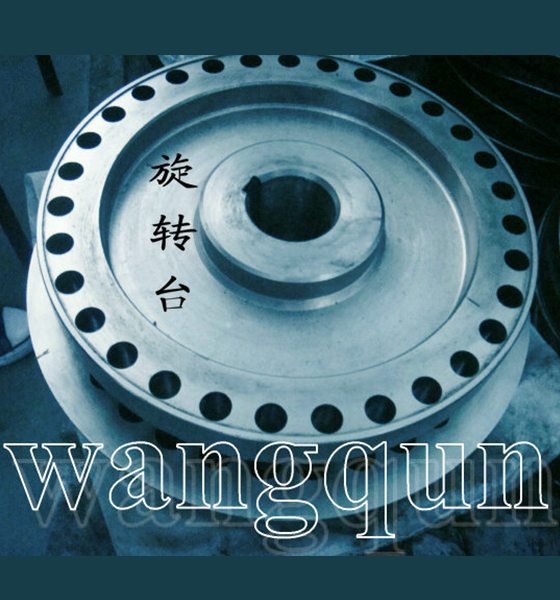Reasons to choose us:
1. Strong technical force, advanced equipment, all product indicators meet national standards, reliable product quality and stable performance.
2. Worry-free after-sales service, customer first, providing warm and attentive service.
Service philosophy:
Competition makes the market economy highly dynamic. We are committed to providing excellent service. Only in this way can we survive and stand out in this highly competitive market, because we believe that the key to our development lies in developing customers.
We favor mutual trust and respect, and therefore focus on establishing broad and equal cooperative relationships with customers, as well as strategic partnerships. At the same time, we also strive to explore and manage our customers' interests and needs. At our company, the concept of "customer first" is widely accepted. We adjust our product portfolio according to market changes and new customer needs, investing in research and innovation at all times. Establishing and completing customer service is always a priority.
Rotating Table: Complete Guide for Installation, Safety, Troubleshooting, and Maintenance
Introduction to Rotating Tables
A rotating table is a versatile mechanical device designed to provide 360-degree rotation for industrial, commercial, and laboratory applications. Commonly used in Pharmaceutical tablet presses, packaging lines, welding stations, and inspection systems, the rotating table enhances productivity, precision, and workflow efficiency. Its durable design, smooth motion, and compatibility with automation make it an essential component across multiple industries.
In this guide, we will explore the safety requirements, installation steps, troubleshooting methods, and maintenance practices for rotating tables. This information ensures reliable performance and longer service life while meeting the quality expectations of industrial users.
Safety Instructions for Operating a Rotating Table
Before installing or operating a rotating table, users must follow strict safety protocols. This prevents accidents, minimizes machine downtime, and protects both operators and equipment.
General Safety Guidelines
Read the manual thoroughly before use.
Ensure the rotating table is installed on a stable surface to prevent vibration and imbalance.
Do not exceed the load capacity, as this may damage the bearings and drive mechanism.
Always wear protective equipment such as gloves and safety glasses during installation or maintenance.
Keep the work area clean and free from obstacles to avoid accidents.
Electrical and Mechanical Safety
Confirm that the power supply is properly grounded.
Disconnect the power source before servicing the rotating table.
Avoid sudden starts or stops that may cause mechanical stress.
Regularly check for loose bolts, misalignment, or abnormal noise during operation.

Installation Steps of a Rotating Table
Proper installation ensures smooth operation and long-lasting performance. The following steps provide a general guideline:
Step 1: Preparation
Verify the dimensions and specifications of the rotating table.
Ensure that the mounting area is clean, level, and vibration-free.
Prepare necessary tools such as wrenches, alignment gauges, and torque equipment.
Step 2: Positioning
Step 3: Mechanical Installation
Step 4: Electrical Connection
Step 5: Final Inspection
Troubleshooting Common Issues
Even with proper installation, rotating tables may face operational challenges. Below is a troubleshooting guide:
| Problem | Possible Cause | Solution |
|---|
| Table does not rotate | Power supply disconnected | Check electrical connections and fuse |
| Uneven rotation | Misalignment or debris in bearings | Realign table, clean or replace bearings |
| Excessive vibration | Overloading or loose bolts | Reduce load, tighten bolts |
| Abnormal noise | Lack of lubrication or worn parts | Apply lubricant, replace worn components |
| Overheating motor | Continuous overuse or poor ventilation | Allow cooling time, improve airflow |
Maintenance Tips for Long Service Life
Regular maintenance helps prevent breakdowns and ensures consistent performance.
Daily Checks
Weekly Maintenance
Check and tighten all bolts and fasteners.
Clean the surface and remove any dust, oil, or debris.
Monthly Maintenance
Inspect bearings, gears, and belts for wear.
Apply suitable lubrication to reduce friction.
Annual Overhaul
Perform a comprehensive inspection of all mechanical and electrical components.
Replace worn parts such as bearings, seals, or gears.
Recalibrate the table for optimal rotation accuracy.
Environmental and Operational Considerations
Ensure the rotating table operates in a dry, dust-free environment.
Avoid exposure to corrosive chemicals or high humidity that may shorten lifespan.
Use protective covers if operating in outdoor or harsh industrial environments.
Advantages of Using a Rotating Table
Enhanced efficiency – enables smooth material handling.
Reduced labor costs – supports automation systems.
High precision – ensures accurate positioning for manufacturing.
Durable construction – built with wear-resistant materials.
Flexible application – compatible with multiple industries.
Conclusion
The rotating table is an indispensable component in modern industrial operations, from pharmaceutical tablet presses to welding and inspection systems. By following proper safety instructions, correct installation procedures, effective troubleshooting methods, and scheduled maintenance practices, companies can ensure long-lasting performance and high productivity.
Whether you are a manufacturer, supplier, or end-user, investing in a reliable rotating table not only improves operational efficiency but also guarantees consistent quality and durability.









 Phone
Phone